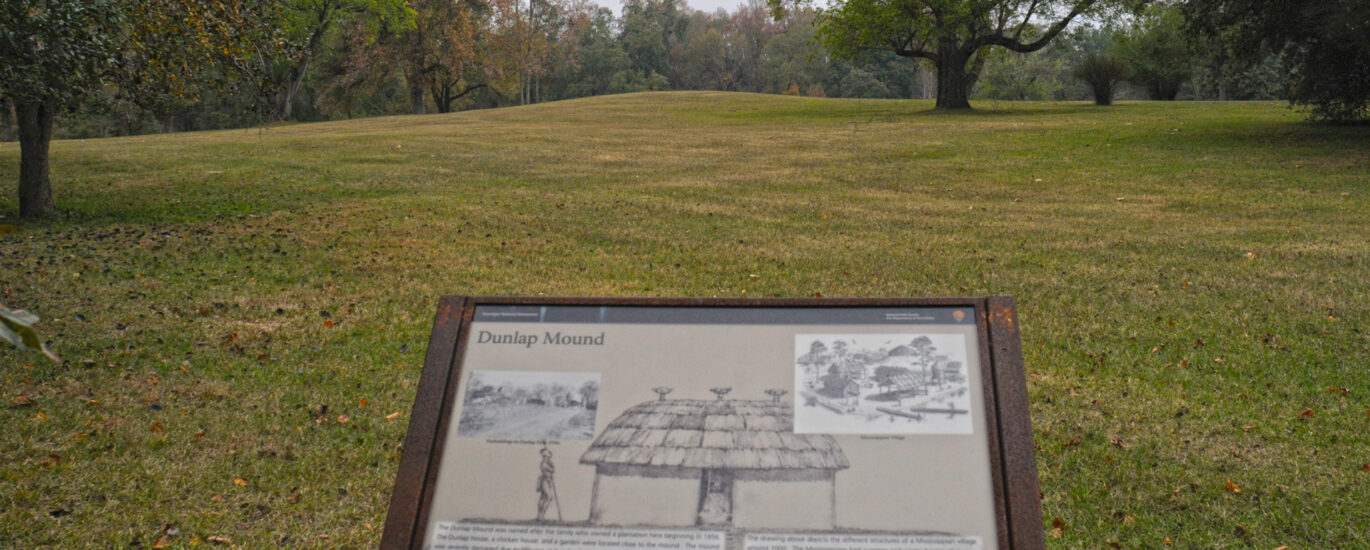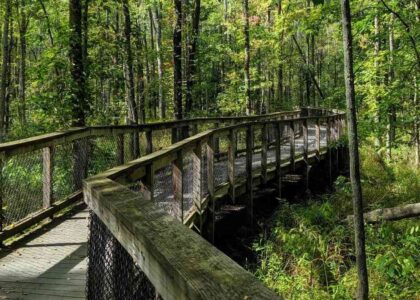Welcome to Dunlap Mound, a site rich in history and a witness to the changing tides of American history. Nestled within the Ocmulgee Mounds National Historical Park in Macon, Georgia, Dunlap Mound is not only a testament to ancient Native American cultures but also a silent observer of pivotal moments in the Civil War.
The land we now know as Dunlap Mound was originally inhabited by the South Appalachian Mississippians around 900 AD. These Native Americans built the mounds as part of their complex society, which thrived in the region. Fast forward to the mid-19th century, and the story of Samuel F. Dunlap emerges. In 1856, Dunlap purchased the land to establish a dairy farm and build his home, which became known as the Dunlap House. Little did he know that his property would soon become embroiled in the tumultuous events of the Civil War.
During the summer of 1864, the Battle of Dunlap Hill unfolded on this very ground. Union General George Stoneman, in a bold attempt to disrupt Confederate supply lines, led an incursion toward Macon. His forces reached the Dunlap property, where they set up temporary entrenchments and began shelling the city. Despite Stoneman’s efforts, Confederate forces, bolstered by Georgia reserves, managed to repel the Union troops. The battle ended with Stoneman’s capture, marking a significant Confederate victory.
Later that year, the nearby Battle of Walnut Creek once again placed the Dunlap property at the center of military action. Confederate forces constructed earthworks on the Dunlap land to defend against Union advances, marking the site as one of the few surviving Civil War earthworks in the area.
Today, as you walk through the trails of Ocmulgee Mounds National Historical Park, imagine the layers of history beneath your feet. From ancient Native American societies to the echoes of cannon fire during the Civil War, Dunlap Mound serves as a poignant reminder of the resilience and complexity of the past.
As you explore, pause to reflect on the stories of those who walked this land before you, shaping the history of a nation.




